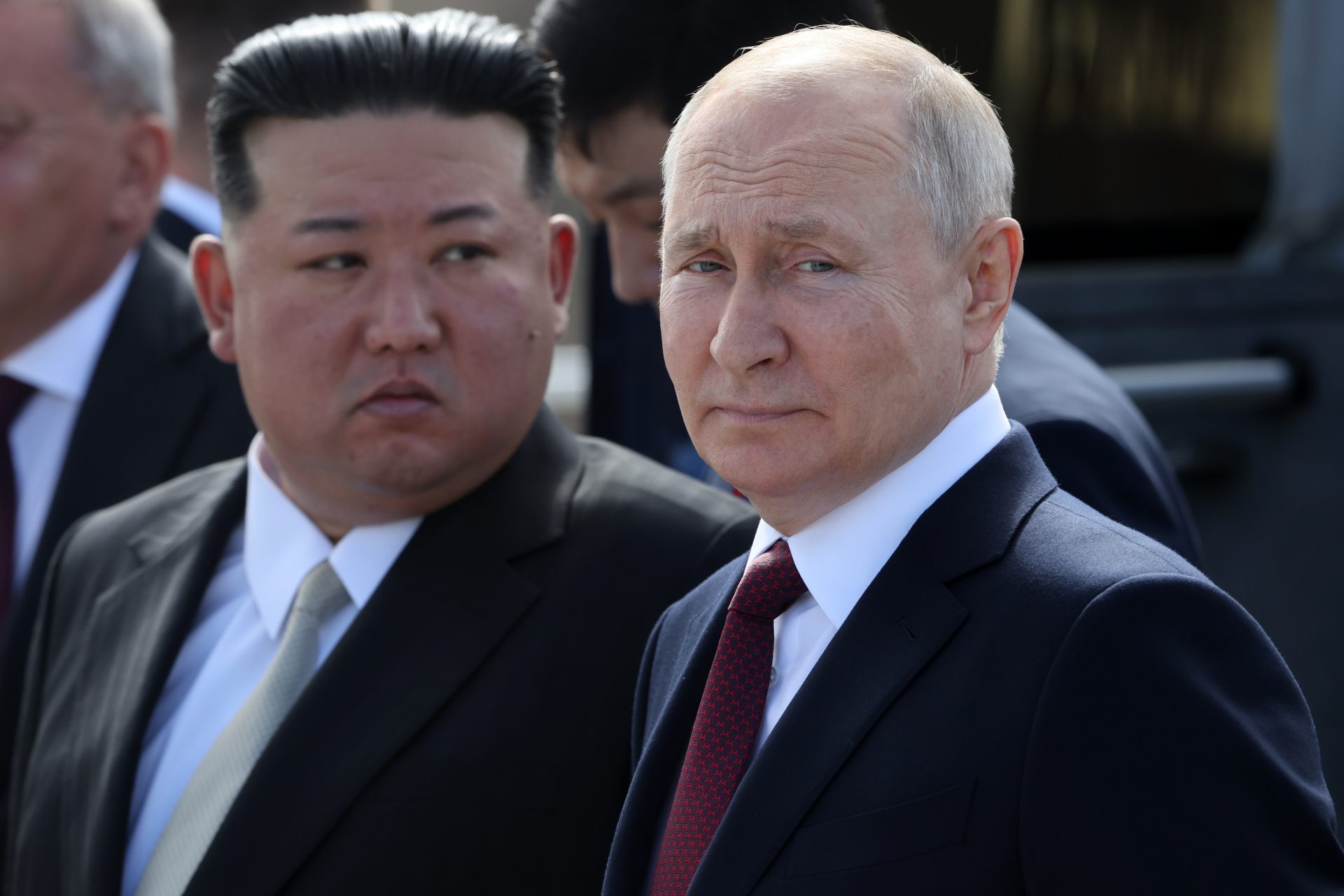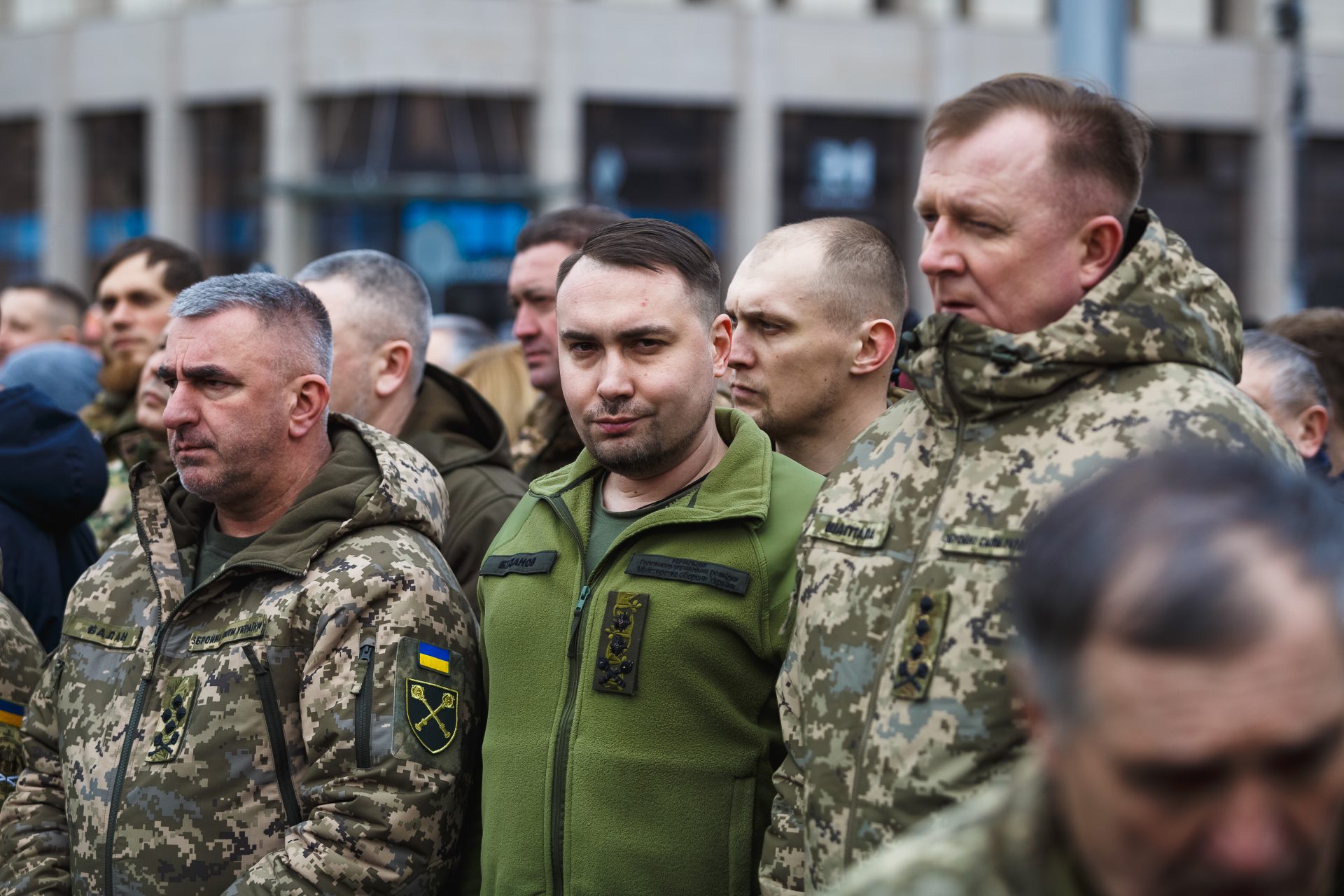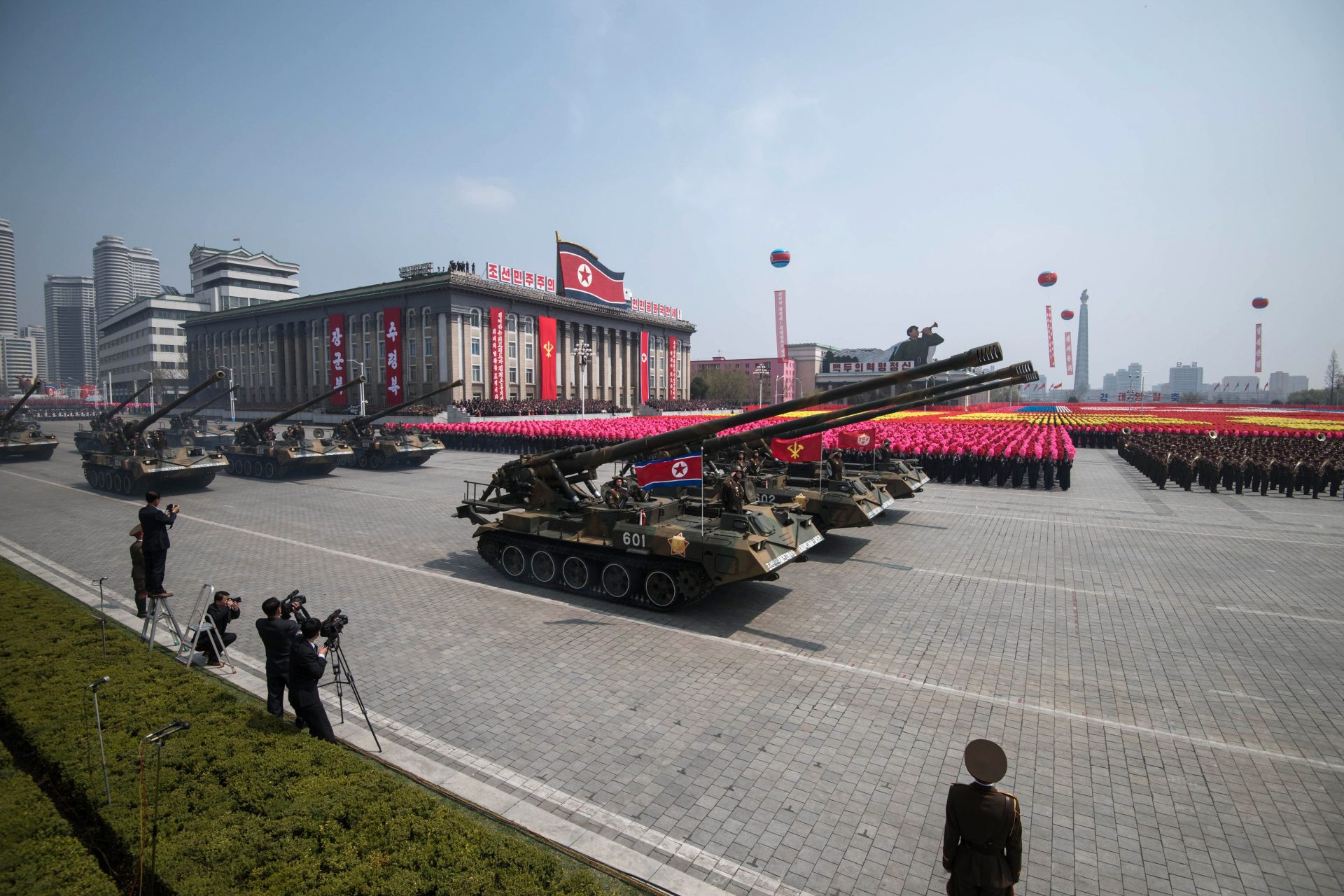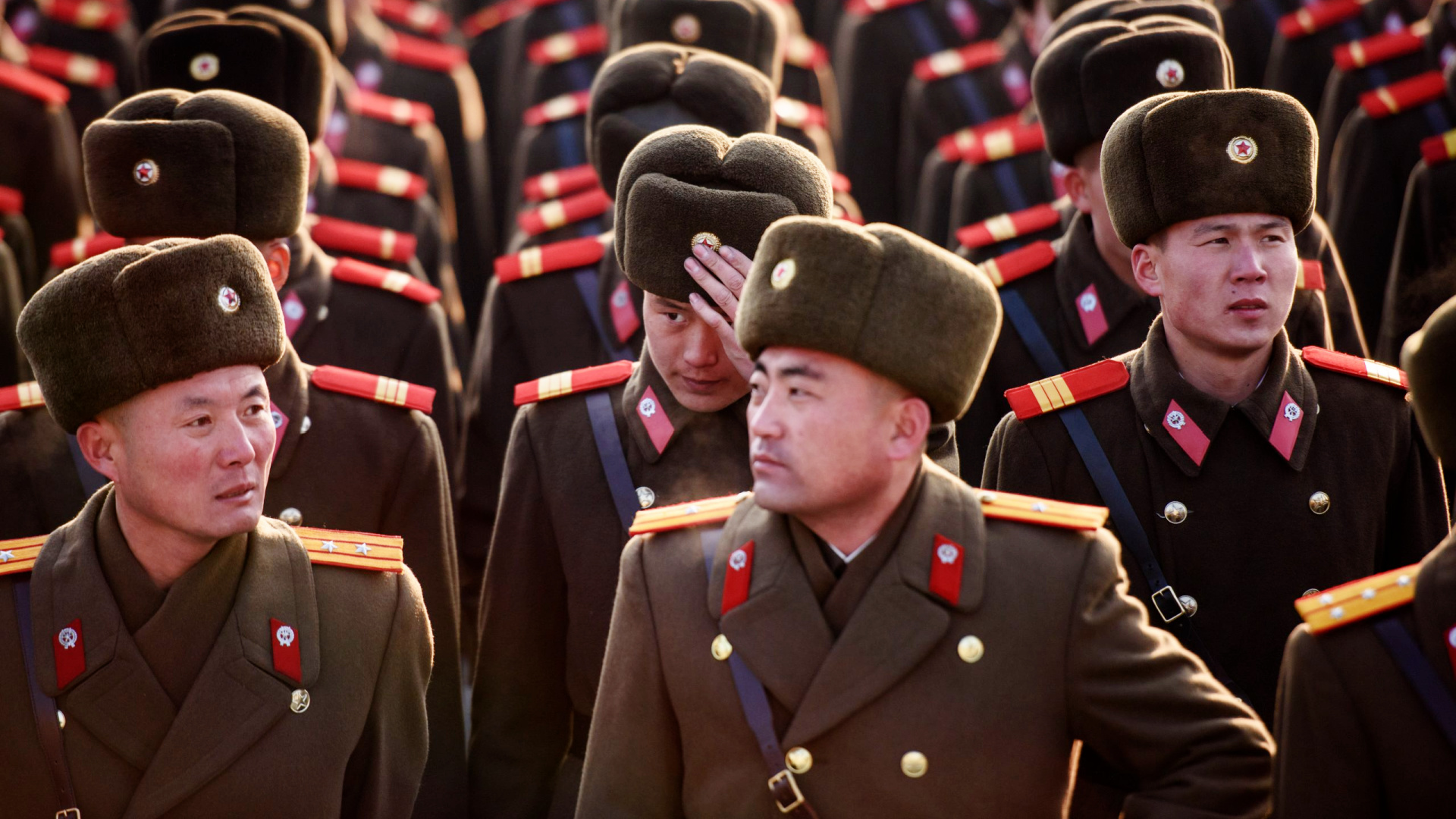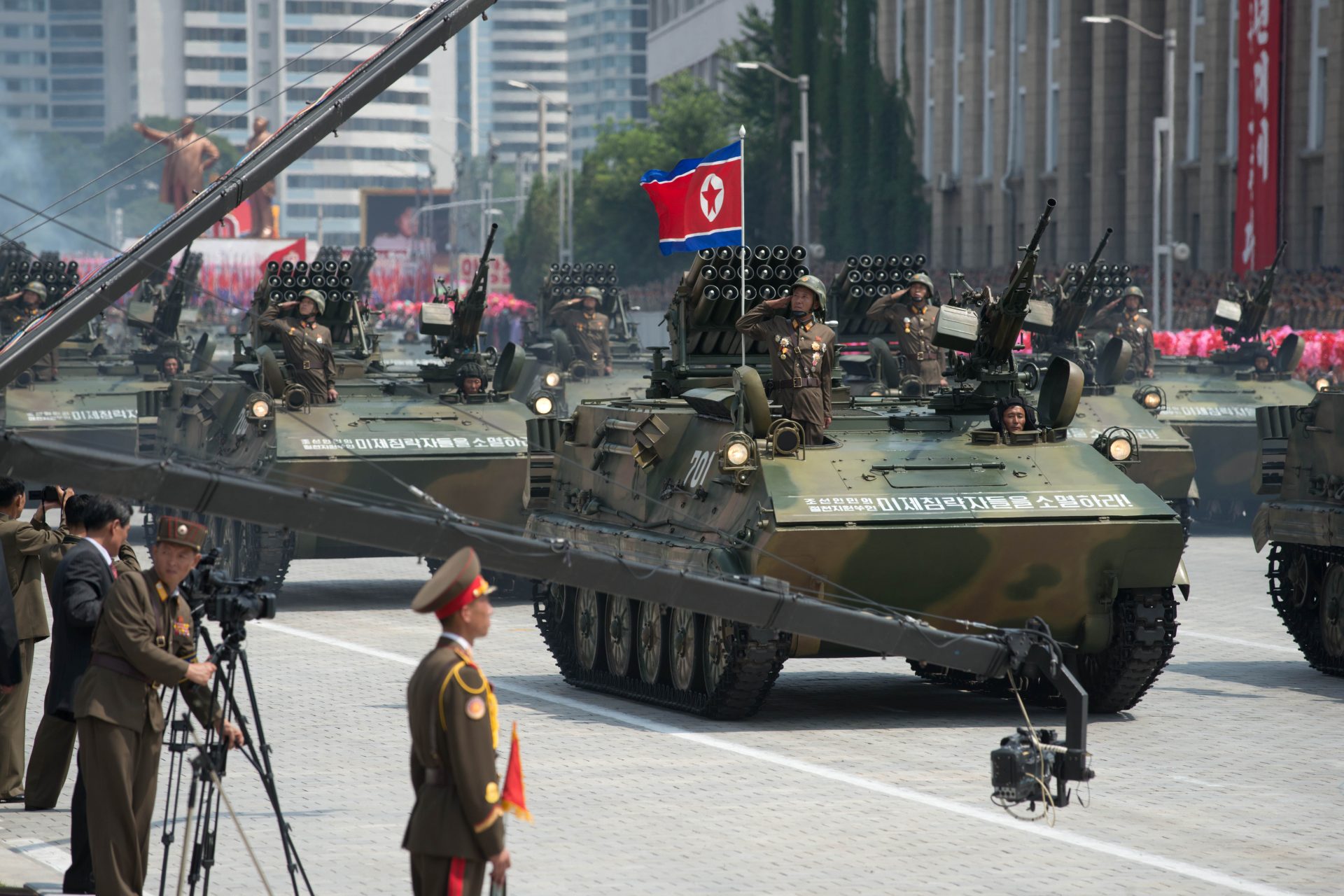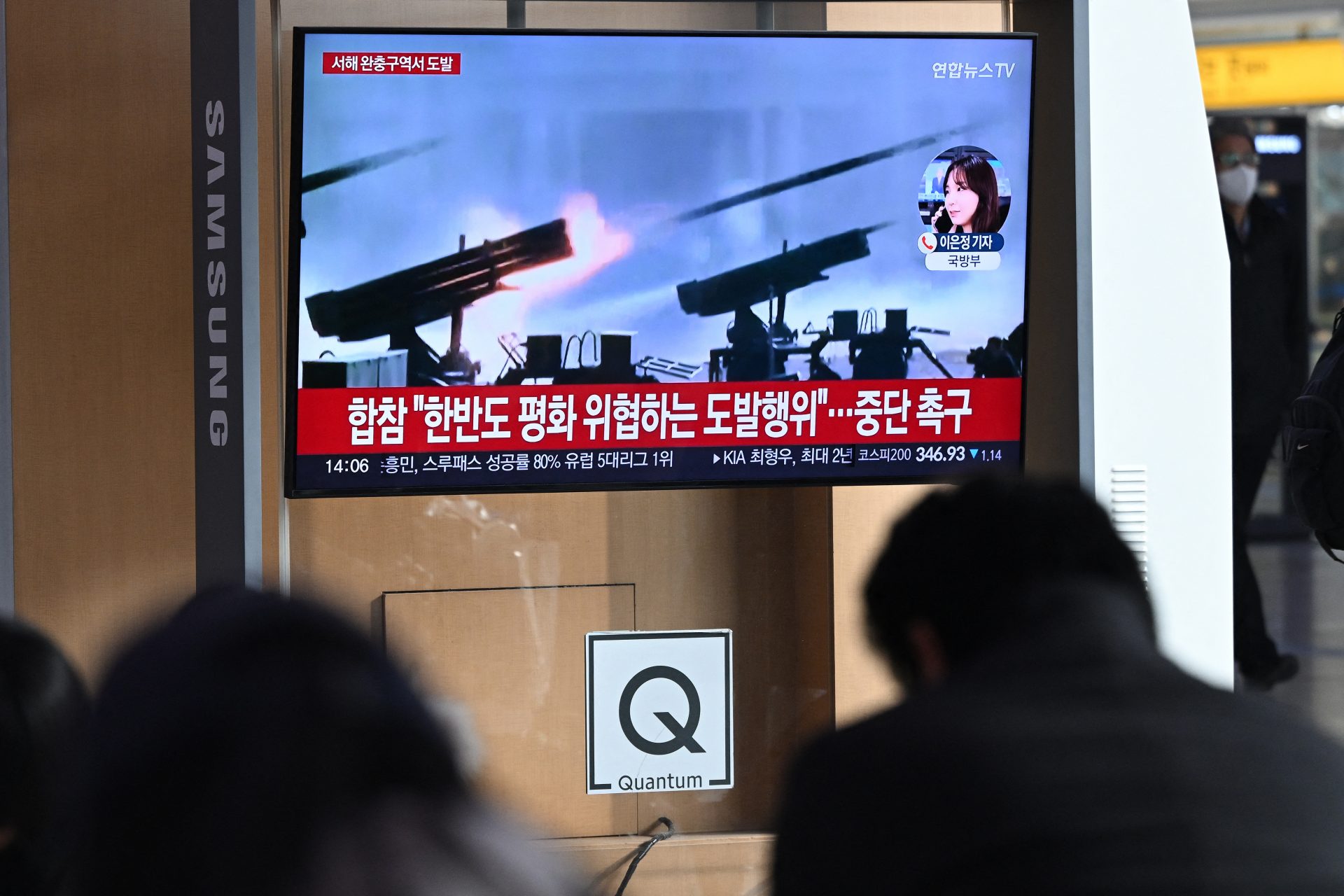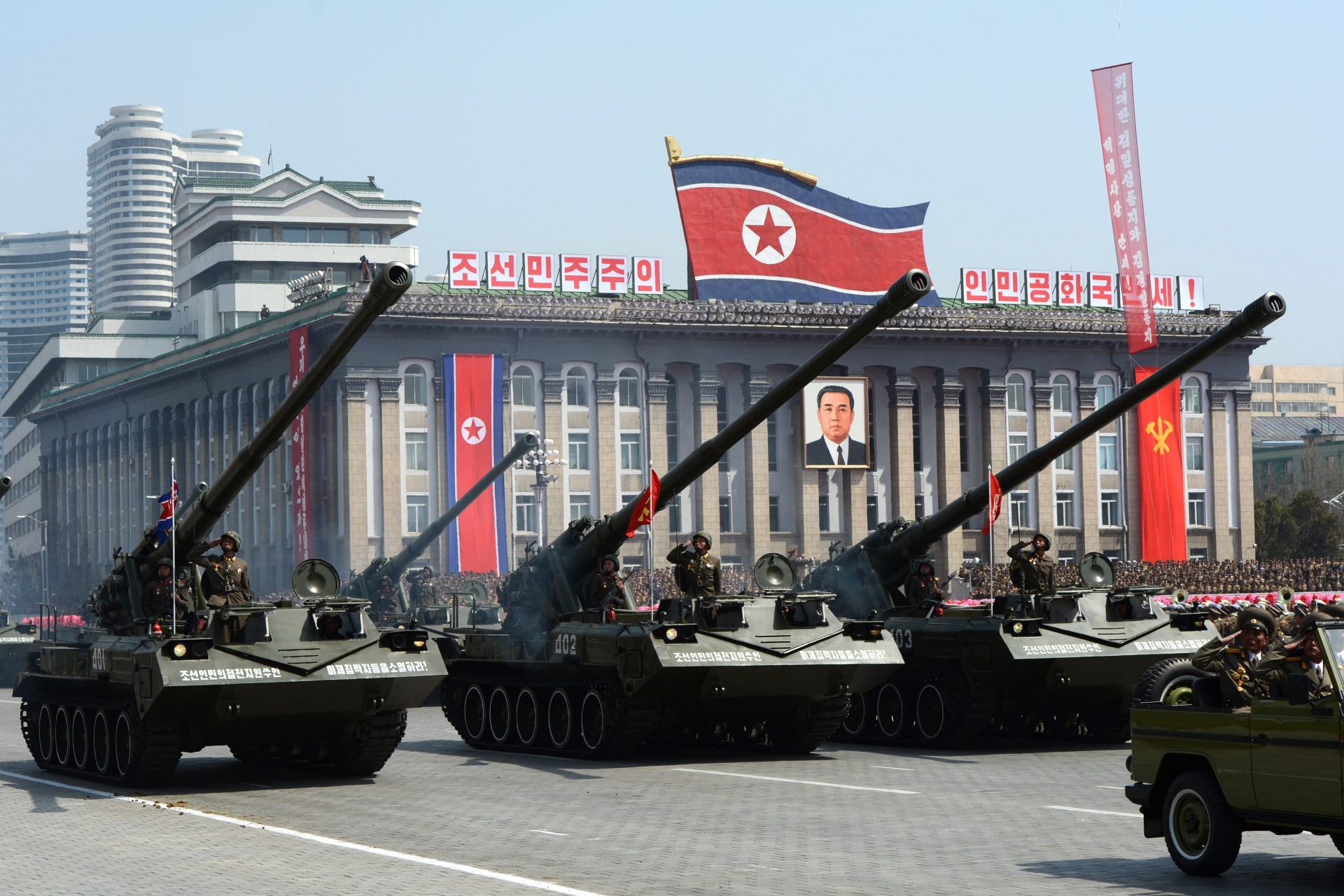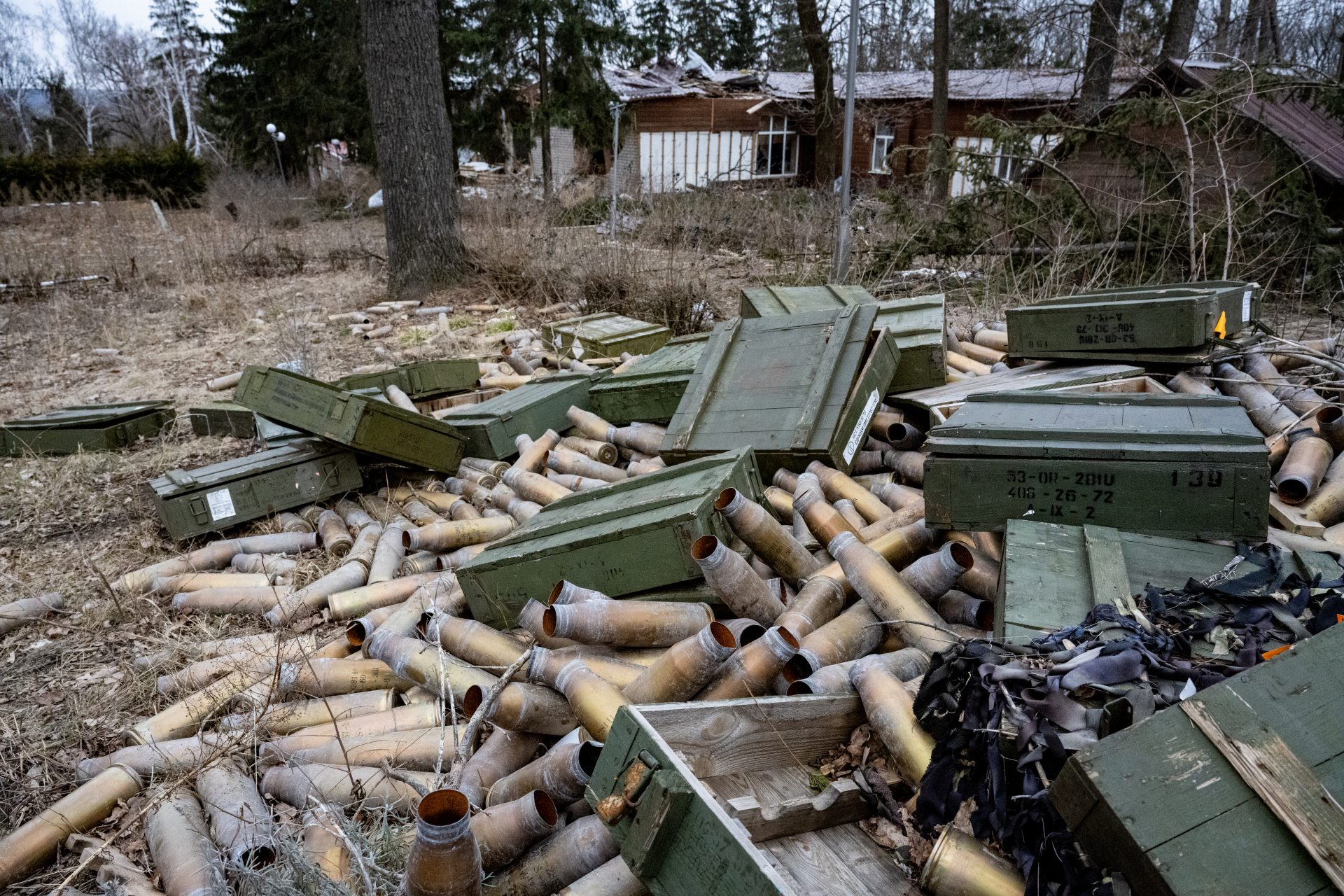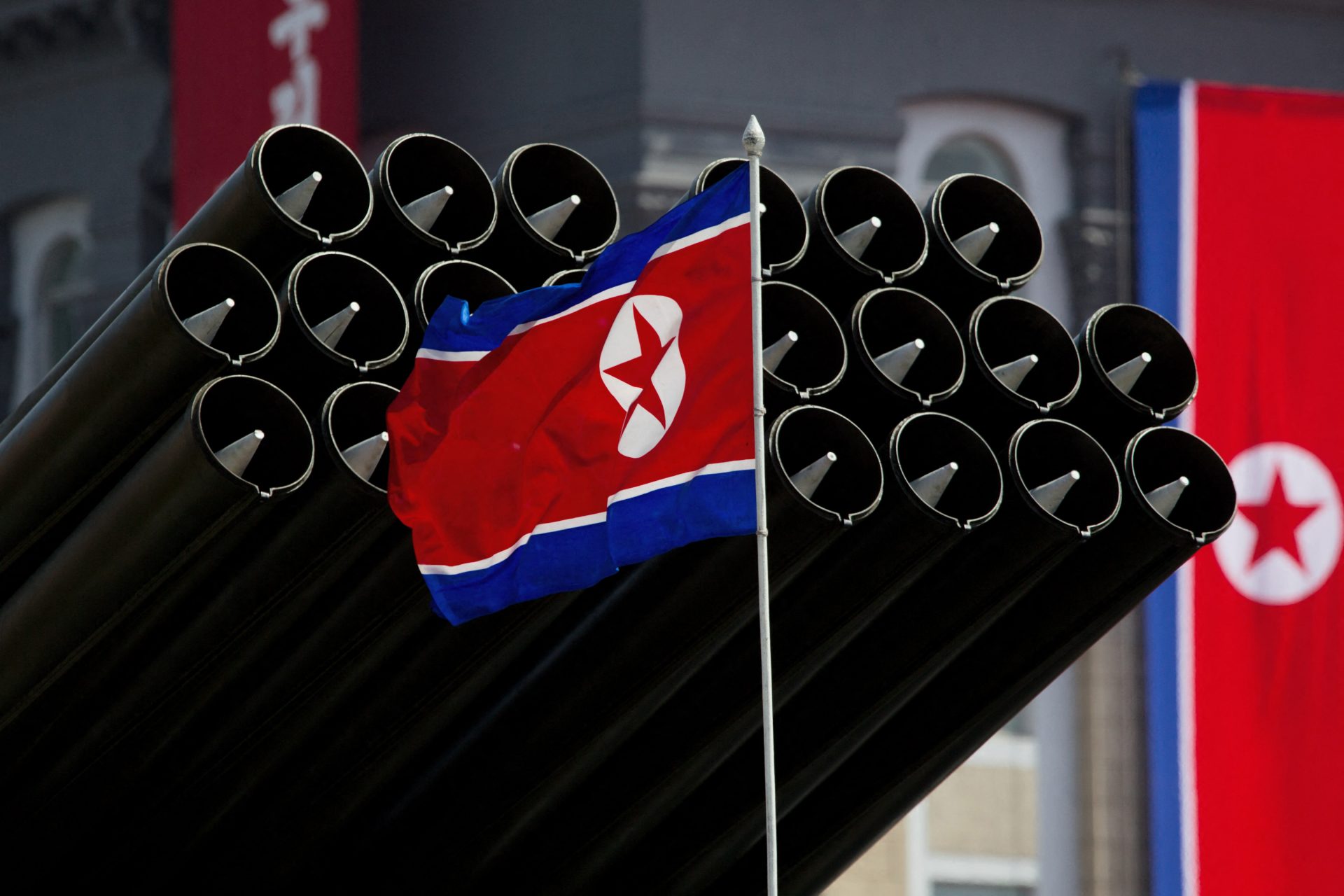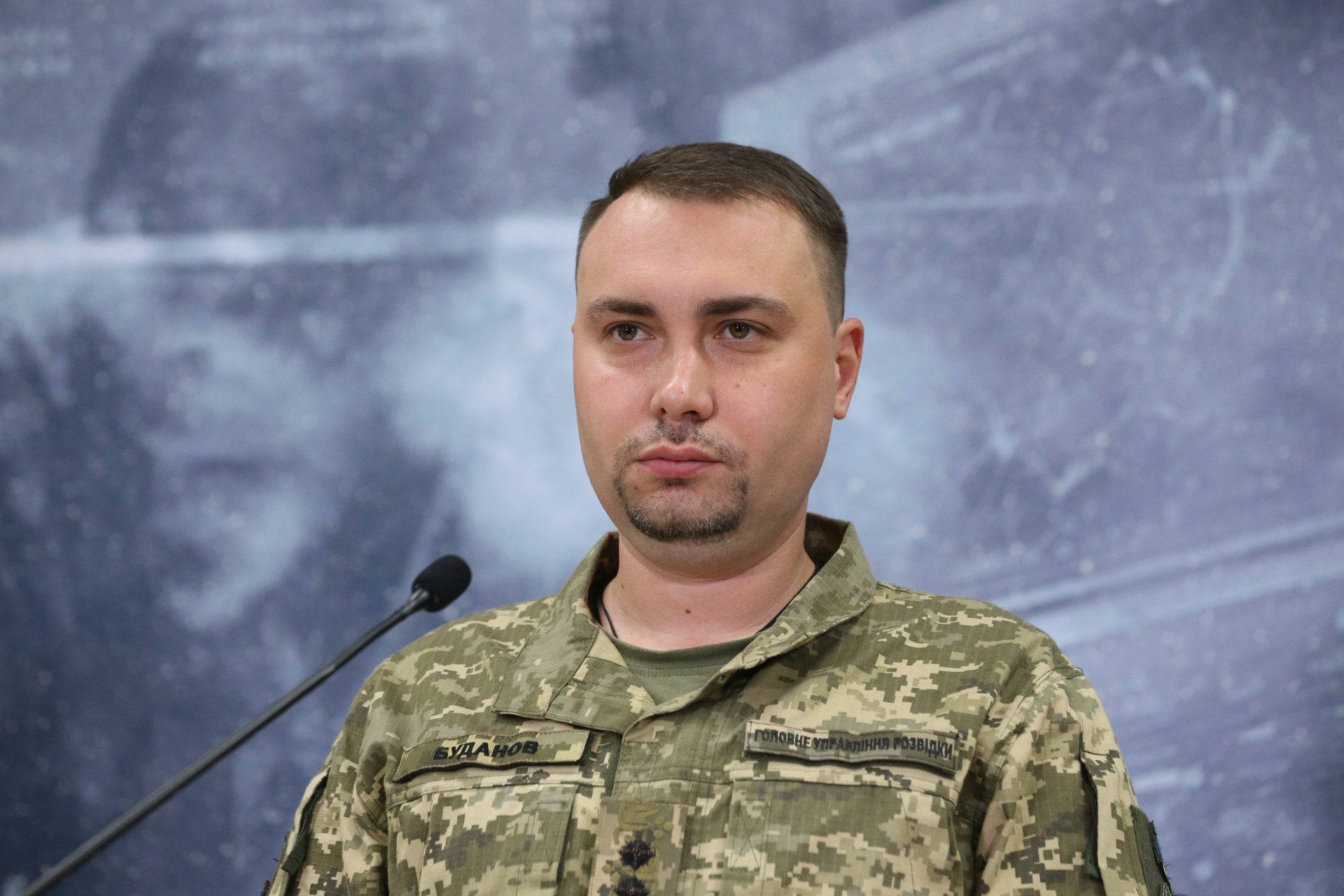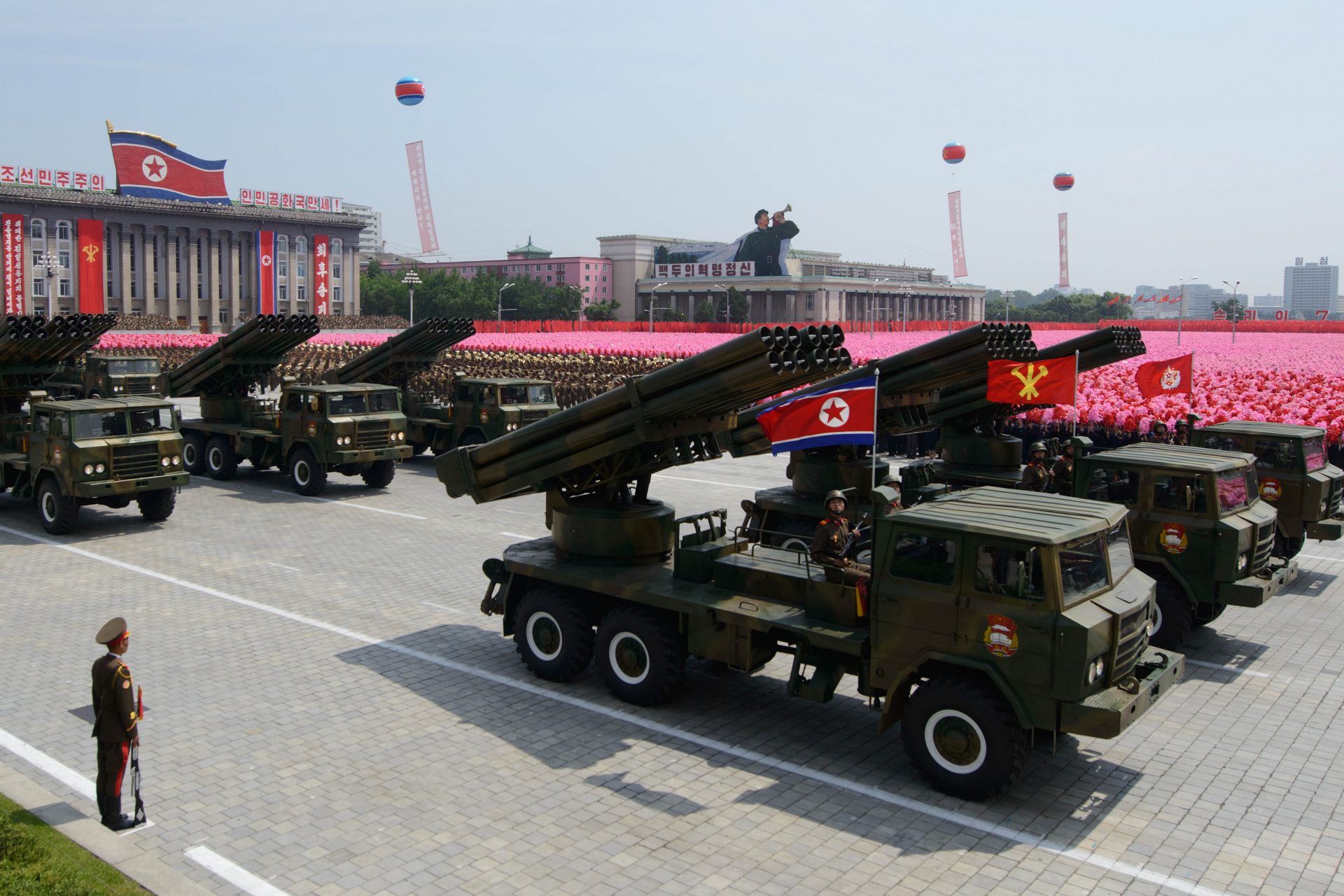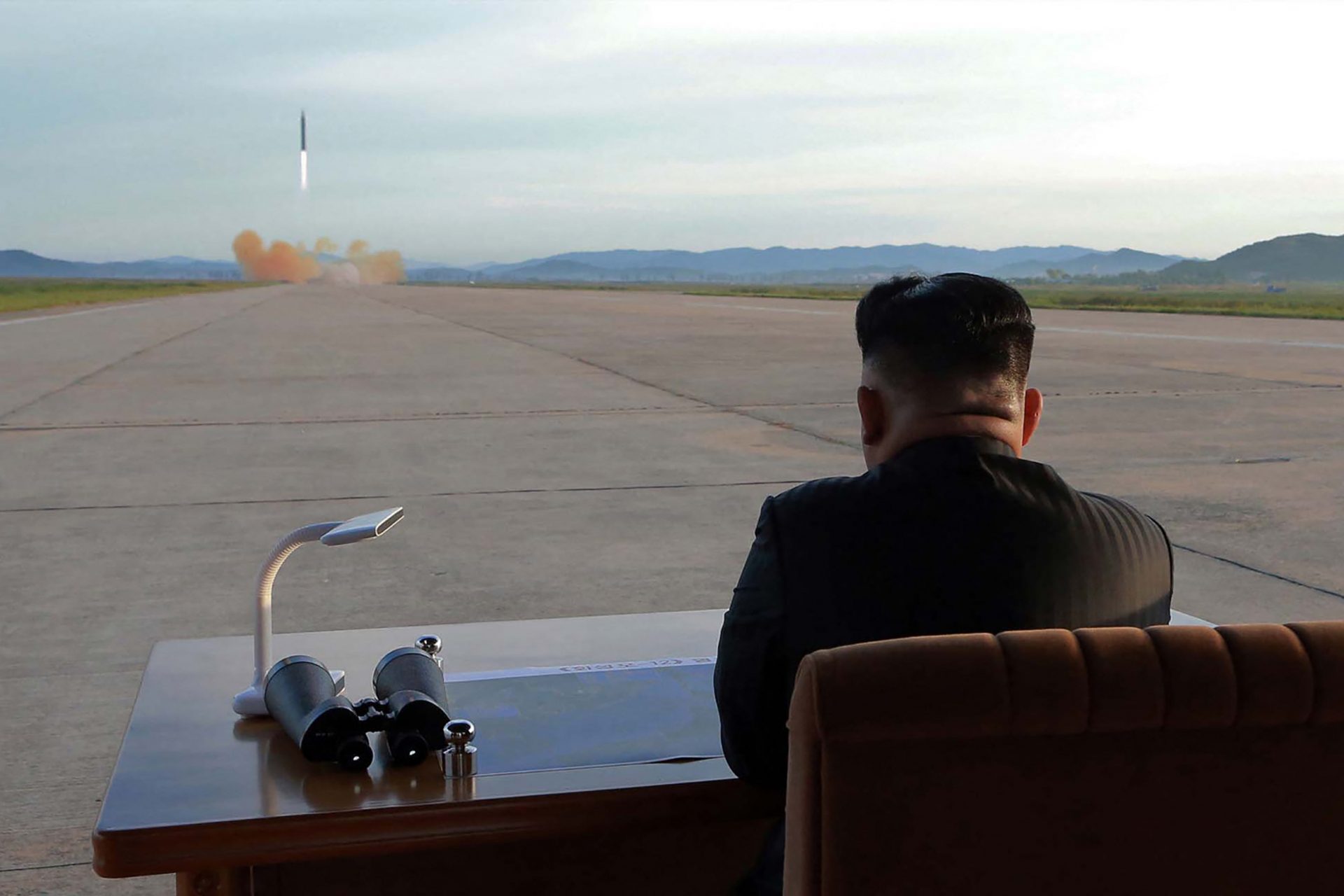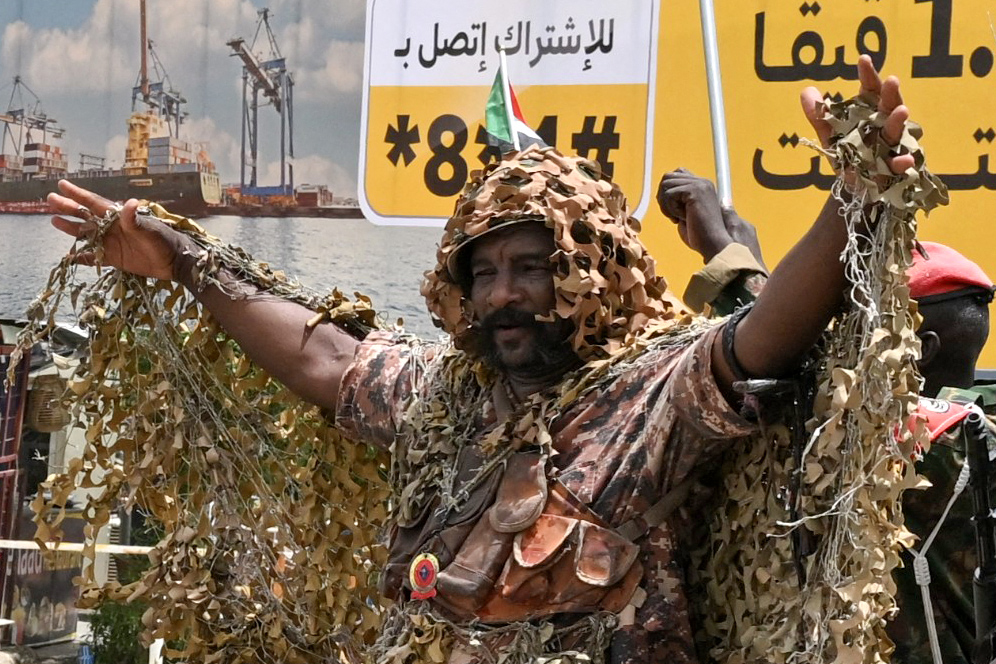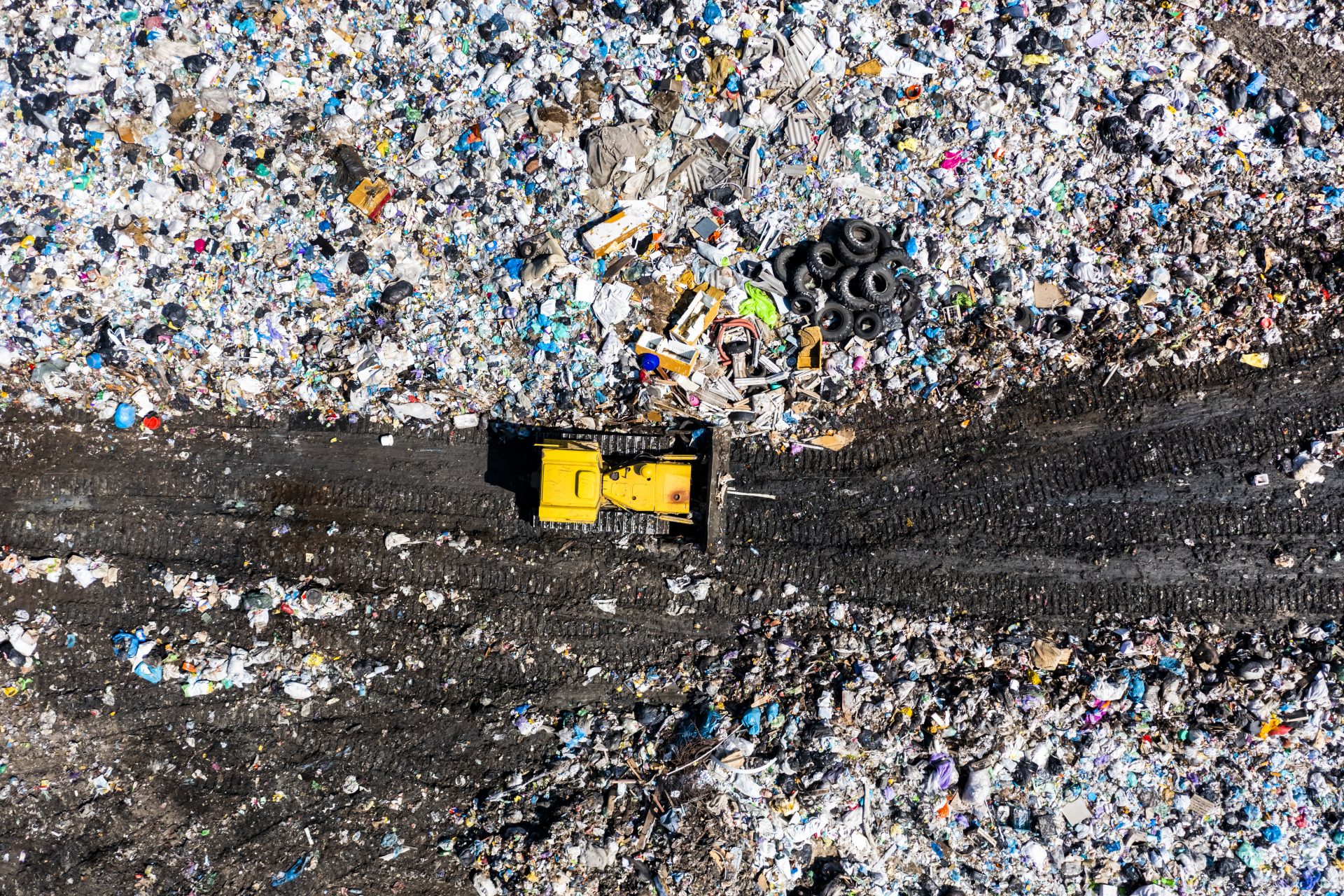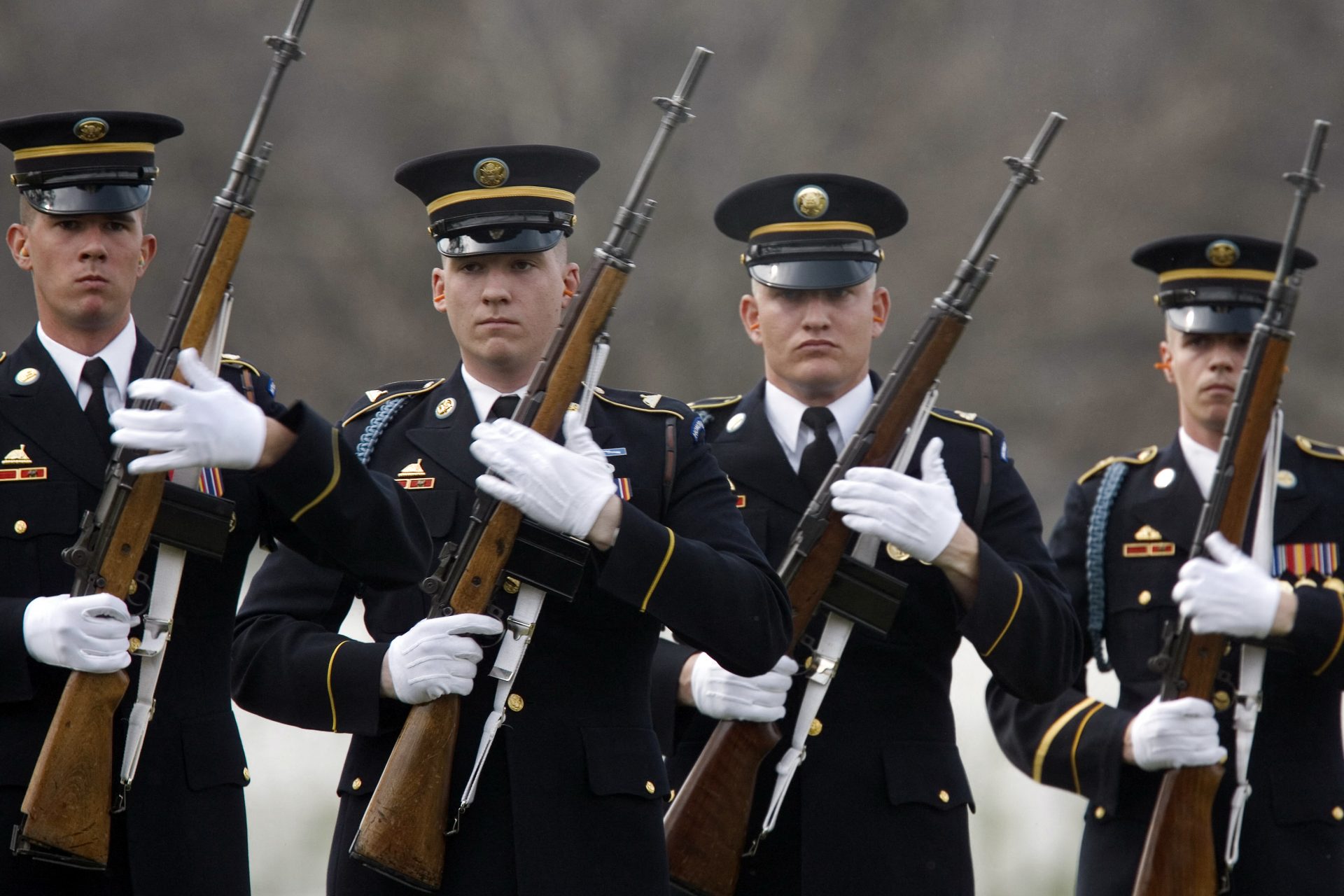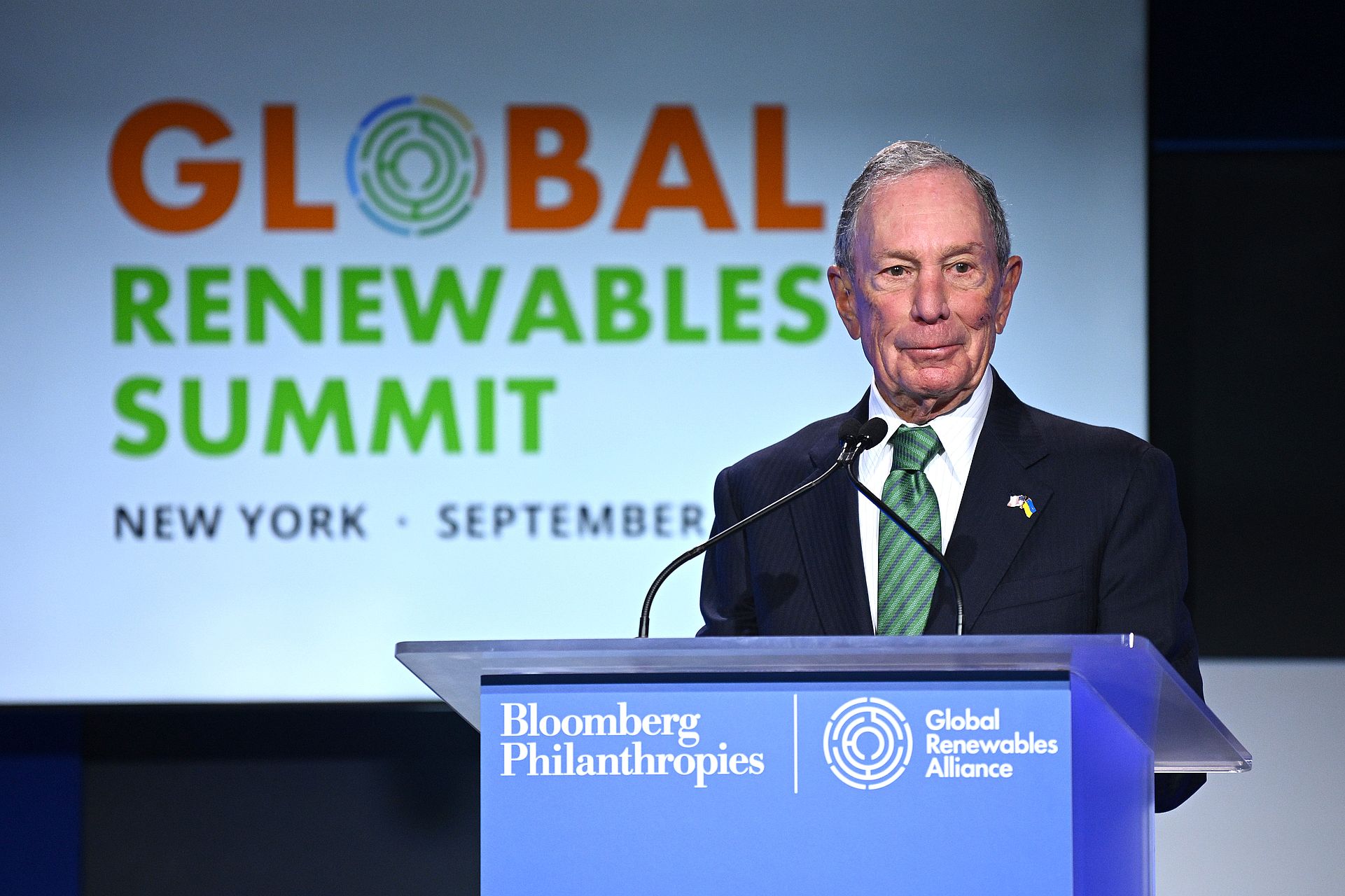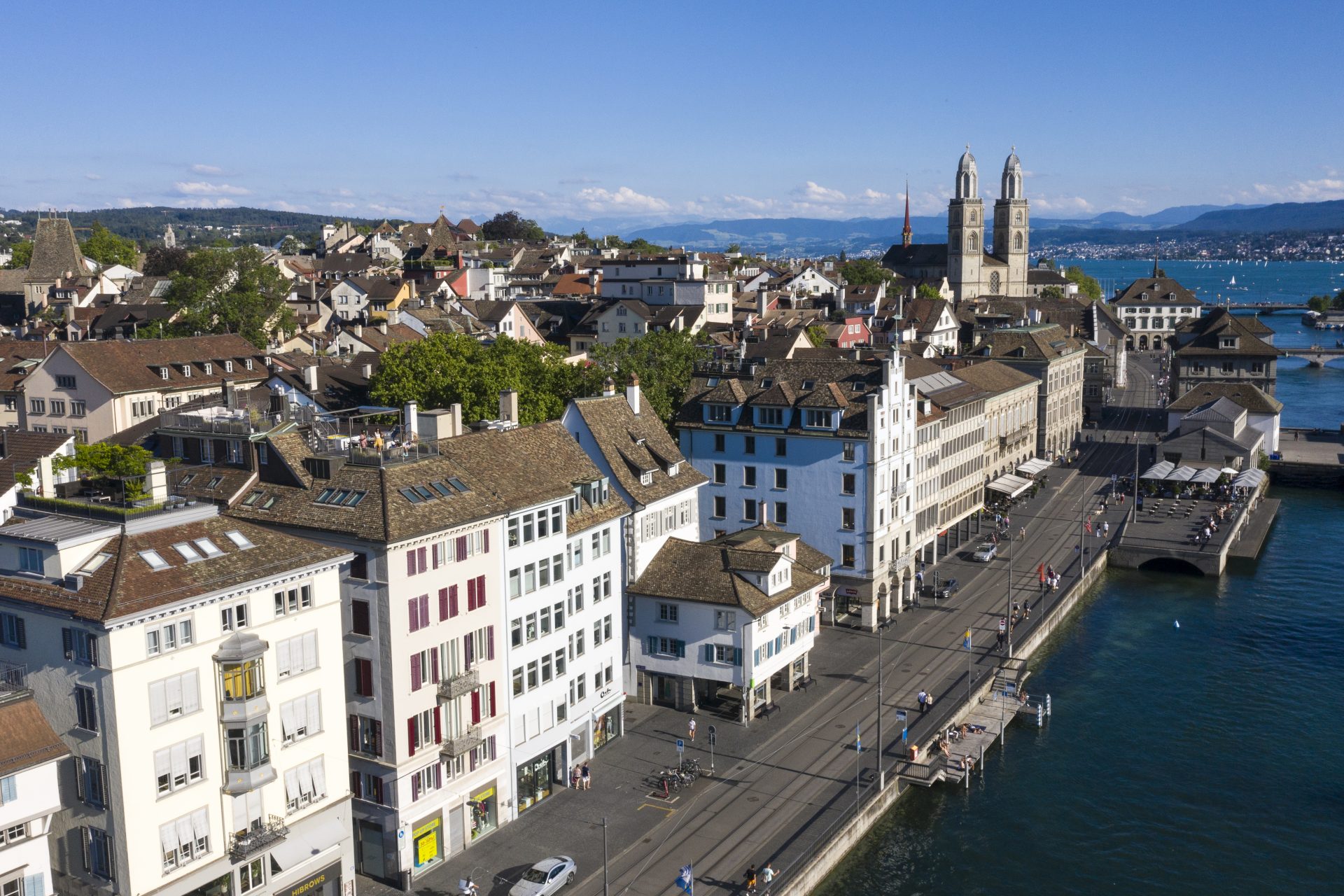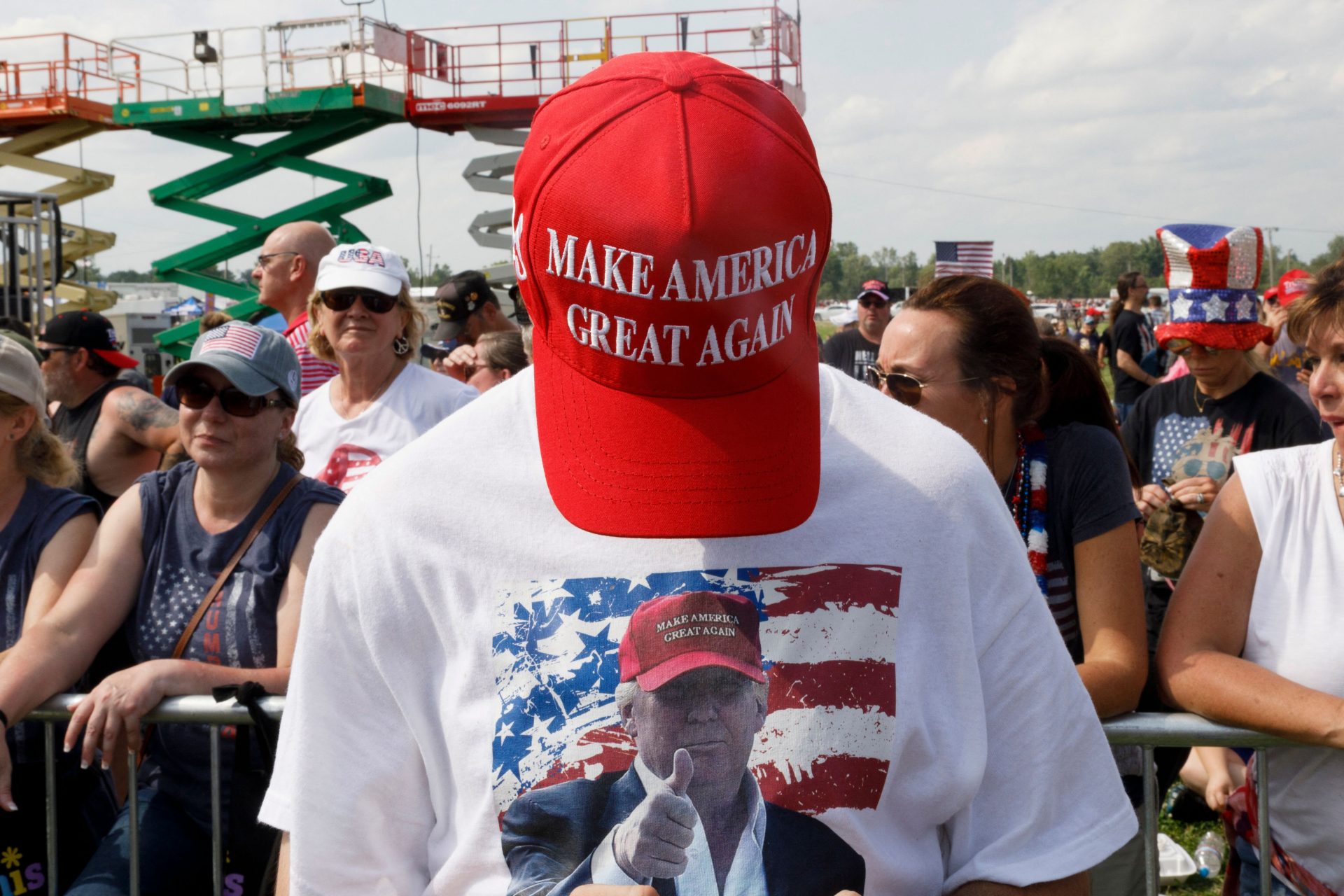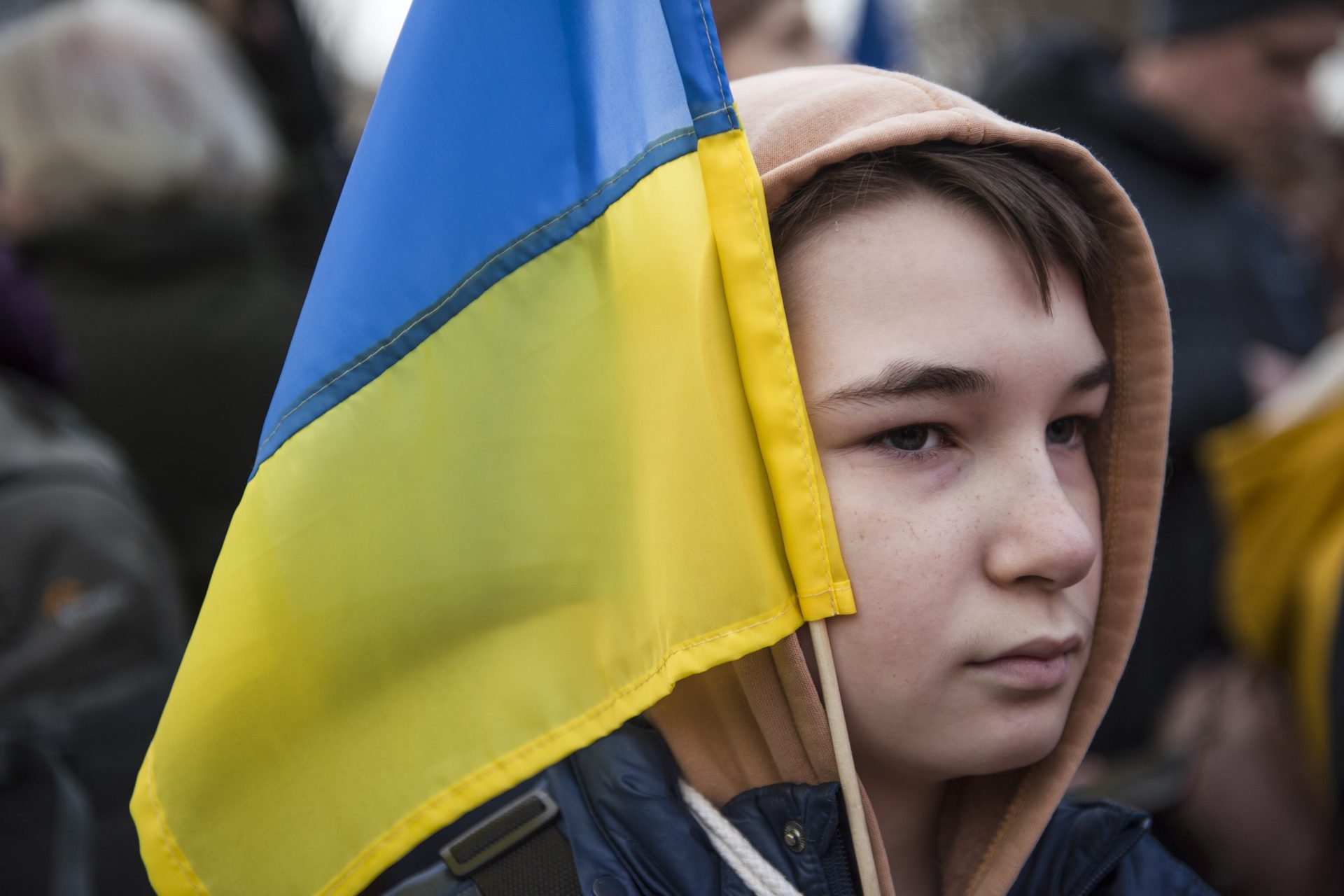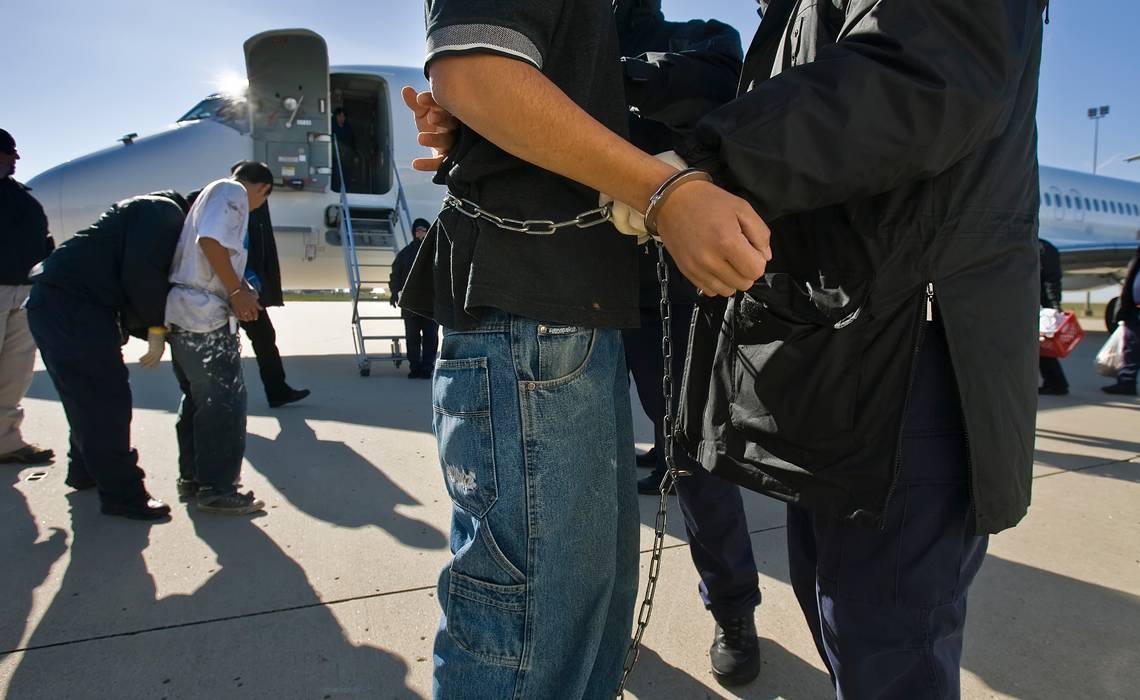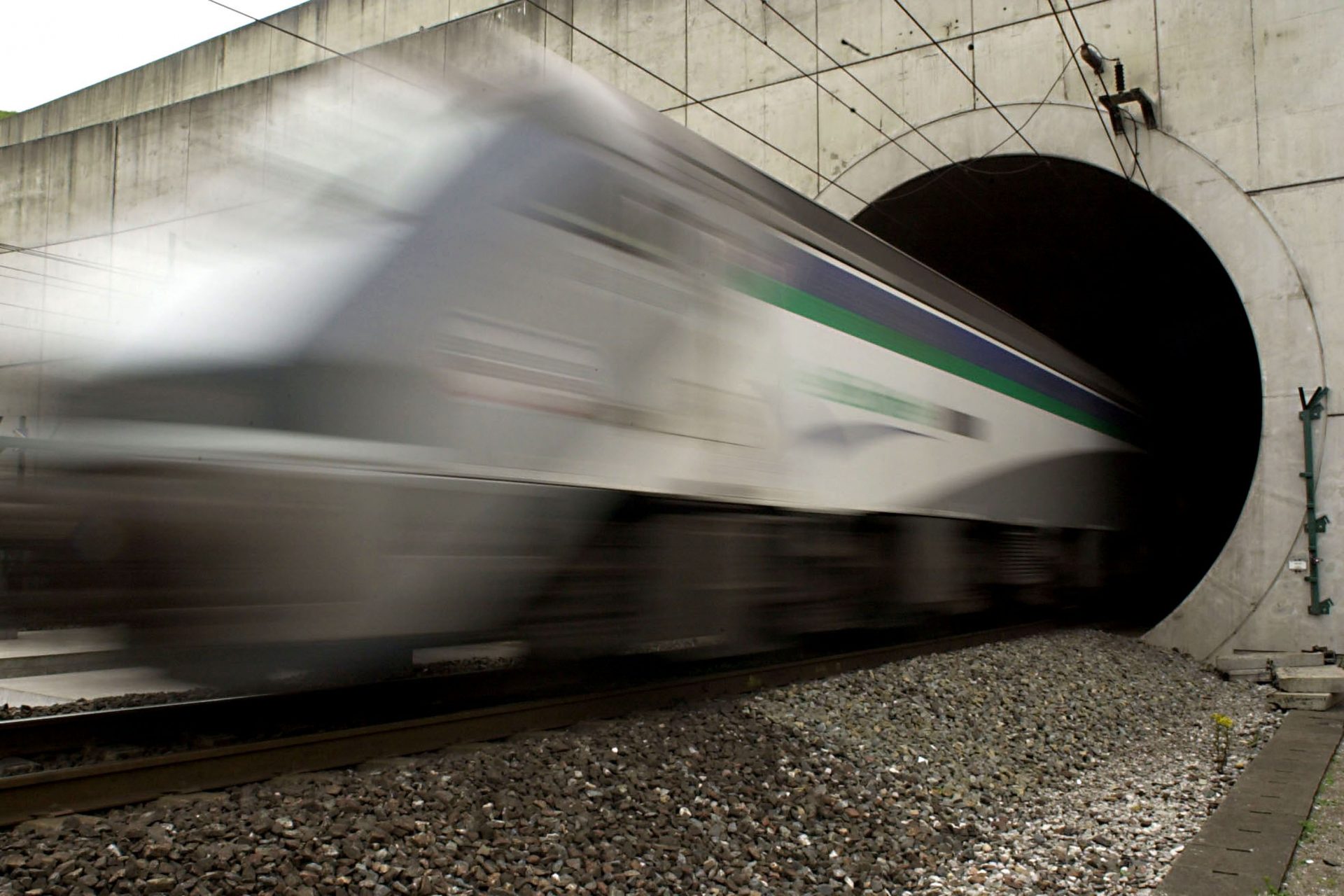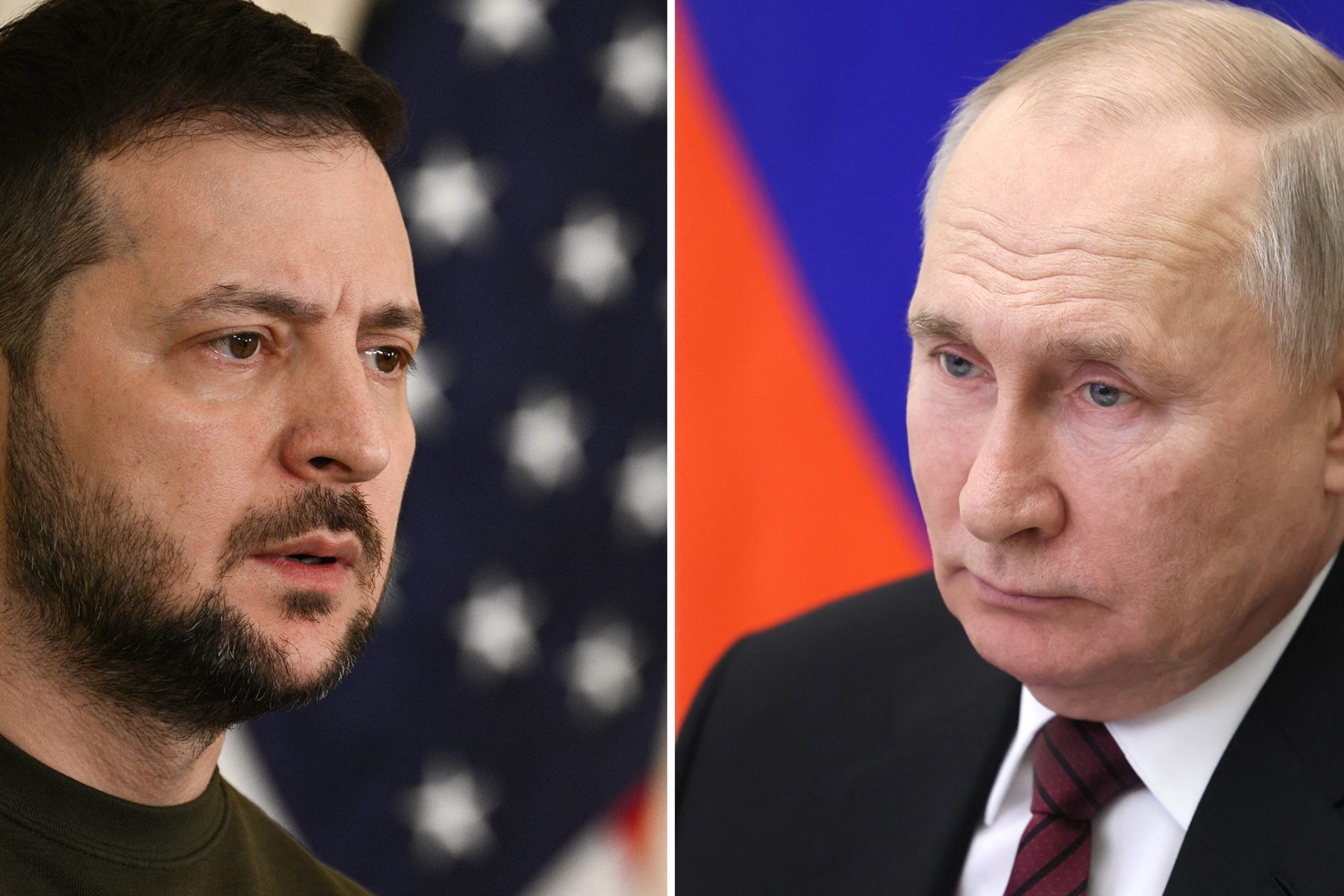Ukrainian Intel: North Korea plans to increase the number of artillery guns operating in Russia
North Korea is planning to increase the number of artillery systems that it has deployed to Russia according to information revealed by Ukraine's head of intelligence, Lieutenant General Kyrylo Budanov.
Budanov, who is the Chief of Ukraine’s Main Directorate of Intelligence, told The War Zone that North Korea currently has about 120 170mm M1989 Koksan self-propelled artillery guns and 120 M-1991 240mm multiple launch rocket systems in Russia.
Pyongyang’s artillery guns were sent to Russia over the previous three months and it is likely more will be dispatched according to Budanov. “They have a lot of these systems,” the Ukrainian intelligence chief explained.
Budanov also revealed he expected North Korea to send reinforcements to the Kursk region of Russia, the area where Pyongyang’s troops are operating, which he stated will mostly be missile and artillery soldiers.
“We don’t expect to see many new ground combat troops,” Budanov told The War Zone, which added that the Ukrainian intel chief’s remarks added context to previous reporting from the New York Times on January 22nd that revealed a U.S. defense official expected North Korean reinforcements to arrive in Kursk within two months.
The War Zone’s Howard Altman pointed out that North Korea has “an immense artillery arsenal” that the country has built up over several decades. But how effective are the artillery systems deployed against Ukraine in Russia?
According to Army Recognition, the M1989 Koksan is a 170mm gun that is known for its “remarkable range.” It was designed to deliver long-distance bombardments and it first entered service in 1989, making it a rather old artillery system.
Photo Credit: Wiki Commons By Stefan Krasowski, CC BY 2.0
“The M1989’s range and firepower make it ideal for counter-battery operations and strategic bombardment. It can engage enemy artillery and critical infrastructure targets from a safe distance,” Army Recognition explained.
“This capability supports broader ground operations by providing effective rear-line fire support and long-range bombardment, typically in artillery batteries for concentrated fire missions,” Army Recognition added.
However, Budanov wasn't as worried about North Korea’s 1989s as he was about the M-1991 Juche, a multiple rocket launch system that the intel chief said would have negative effects on the battlefield for Ukraine.
“The 170 mm weapons have powerful ammunition and good capability,” Budanov told The War Zone. “The 240 mm MLRS are like any other heavy systems. They make more problems on the front line.”
The M-1991 Juche was first seen in 1991 and has 22 launching tubes that fire 240 mm rockets according to Army recognition. The launcher is mounted on a truck bed and can fire a range of rockets, which include explosive, smoke, incendiary, and chemical munitions.
Budanov told The War Zone he did not know how many new North Korean troops would be deployed to Kursk nor when they would arrive.
However, Budanov did note that he believed Pyongyang would also send around 150 KN-23 ballistic missiles to Moscow in 2025, which could pose a major problem for Ukraine in the future.
More for you
Top Stories



